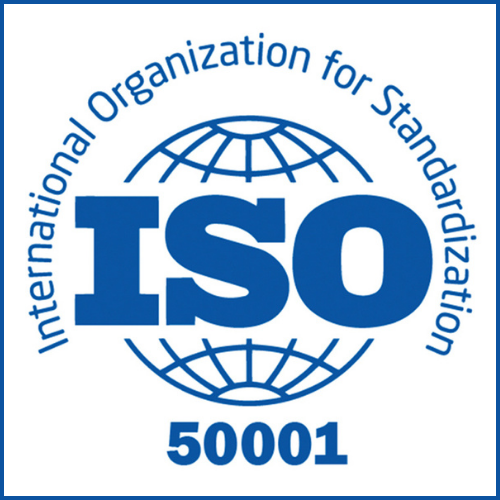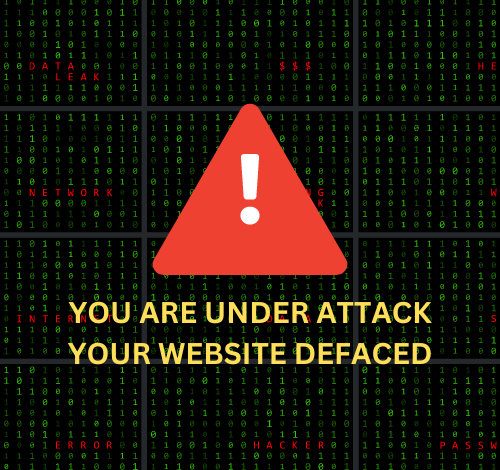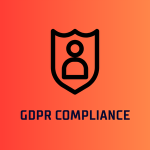
ISO 50001 Certification: Unlocking Unmatched Energy Efficiency and Sustainability Benefits
Contents
Introduction to ISO 50001 Certification
ISO 50001 is an international standard developed by the International Organization for Standardization (ISO) that outlines requirements for establishing, implementing, maintaining, and improving an energy management system (EnMS). The standard aims to help organizations continuously improve their energy performance, increase energy efficiency, and reduce greenhouse gas emissions. By providing a framework for managing energy use, ISO 50001 enables organizations to integrate energy management into their overall efforts to improve quality and environmental management.
Key Elements of ISO 50001 Certification
ISO 50001 is built on a framework that requires organizations to:
- Establish an Energy Management System (EnMS): This involves setting up policies, procedures, and practices that guide how energy is used and managed within the organization.
- Conduct an Energy Review: Organizations must assess their current energy performance, identify areas of significant energy use, and determine opportunities for improvement.
- Set Energy Objectives and Targets: Based on the energy review, organizations must establish measurable energy objectives and targets to improve energy performance.
- Implement Action Plans: Develop and implement action plans to achieve the set energy objectives and targets.
- Monitor and Measure: Regularly monitor and measure energy performance to ensure that the EnMS is effective and that energy objectives and targets are being met.
- Review and Improve: Continuously review and improve the EnMS to ensure ongoing improvements in energy performance.
Benefits of ISO 50001 Certification
ISO 50001 certification offers numerous benefits to organizations of all sizes and across various industries. Here are some of the key advantages:
1. Improved Energy Performance
ISO 50001 provides a systematic approach to managing energy use, which leads to significant improvements in energy performance. By identifying areas of significant energy consumption and implementing energy-saving measures, organizations can reduce their energy use and improve energy efficiency. This not only helps in cutting down energy costs but also contributes to environmental sustainability.
2. Cost Savings
One of the most tangible benefits of ISO 50001 certification is the potential for cost savings. Improved energy performance leads to reduced energy consumption, which translates into lower energy bills. These cost savings can be substantial, especially for energy-intensive industries. Additionally, organizations can benefit from incentives and rebates offered by governments and utilities for implementing energy efficiency measures.
3. Enhanced Environmental Sustainability
Reducing energy consumption and improving energy efficiency directly contribute to reducing greenhouse gas emissions and other environmental impacts. ISO 50001 helps organizations align their energy management practices with global sustainability goals, such as the Paris Agreement and the United Nations Sustainable Development Goals (SDGs). This not only helps in mitigating climate change but also enhances the organization’s reputation as a responsible corporate citizen.
4. Regulatory Compliance
With the growing emphasis on energy efficiency and environmental sustainability, many governments and regulatory bodies are introducing stringent energy regulations and standards. ISO 50001 certification helps organizations stay ahead of regulatory requirements by ensuring that they have a robust energy management system in place. This reduces the risk of non-compliance and potential penalties.
5. Increased Competitiveness
Energy efficiency is increasingly becoming a key differentiator in the marketplace. ISO 50001 certification demonstrates an organization’s commitment to energy management and sustainability, which can enhance its competitiveness. Many customers, investors, and stakeholders prefer to do business with organizations that have strong environmental credentials. ISO 50001 certification can give organizations a competitive edge by improving their reputation and attracting environmentally conscious customers and investors.
6. Risk Management
Effective energy management helps organizations identify and mitigate risks associated with energy supply and price volatility. By reducing energy consumption and improving energy efficiency, organizations can reduce their exposure to energy price fluctuations and supply disruptions. ISO 50001 provides a structured approach to energy risk management, helping organizations build resilience against energy-related risks.
7. Employee Engagement and Awareness
ISO 50001 certification involves engaging employees at all levels of the organization in energy management practices. This helps in raising awareness about the importance of energy efficiency and sustainability. Engaged employees are more likely to adopt energy-saving behaviors and contribute to the organization’s energy performance goals. ISO 50001 also provides opportunities for employee training and development in energy management.
8. Continuous Improvement
ISO 50001 is based on the Plan-Do-Check-Act (PDCA) cycle, which promotes a culture of continuous improvement. Organizations are required to regularly review and improve their energy management practices, ensuring that they remain effective and up-to-date. This continuous improvement approach helps organizations achieve sustained energy performance improvements over time.
9. Integration with Other Management Systems
ISO 50001 can be easily integrated with other management systems, such as ISO 9001 (Quality Management), ISO 14001 (Environmental Management), and ISO 45001 (Occupational Health and Safety Management). This integration allows organizations to streamline their management processes and achieve synergies between different management systems. Integrated management systems also help in reducing duplication of efforts and improving overall organizational efficiency.
Steps to Achieve ISO 50001 Certification
Achieving ISO 50001 certification involves several steps:
- Commitment from Top Management: The commitment and support of top management are crucial for the successful implementation of an EnMS.
- Establish an Energy Management Team: Form a team responsible for developing, implementing, and maintaining the EnMS.
- Conduct an Energy Review: Assess current energy performance, identify areas of significant energy use, and determine opportunities for improvement.
- Develop an Energy Policy: Establish an energy policy that outlines the organization’s commitment to energy management and sets the direction for the EnMS.
- Set Objectives and Targets: Based on the energy review, set measurable energy objectives and targets.
- Develop Action Plans: Create action plans to achieve the energy objectives and targets.
- Implement the EnMS: Put the EnMS into action by implementing the energy policy, objectives, targets, and action plans.
- Monitor and Measure: Regularly monitor and measure energy performance to ensure that the EnMS is effective.
- Conduct Internal Audits: Perform internal audits to assess the effectiveness of the EnMS and identify areas for improvement.
- Review and Improve: Continuously review and improve the EnMS to ensure ongoing improvements in energy performance.
- Third-Party Certification: Engage a certified third-party auditor to conduct an external audit of the EnMS. If the EnMS meets the requirements of ISO 50001, the organization will be awarded ISO 50001 certification.
Conclusion
ISO 50001 certification provides a comprehensive framework for managing energy use and improving energy performance. The benefits of ISO 50001 certification are far-reaching, including cost savings, enhanced environmental sustainability, regulatory compliance, increased competitiveness, risk management, employee engagement, continuous improvement, and integration with other management systems. By achieving ISO 50001 certification, organizations can demonstrate their commitment to energy efficiency and sustainability, enhance their reputation, and achieve significant business benefits. Whether an organization is looking to reduce energy costs, improve environmental performance, or gain a competitive edge, ISO 50001 certification offers a valuable tool for achieving these goals.






